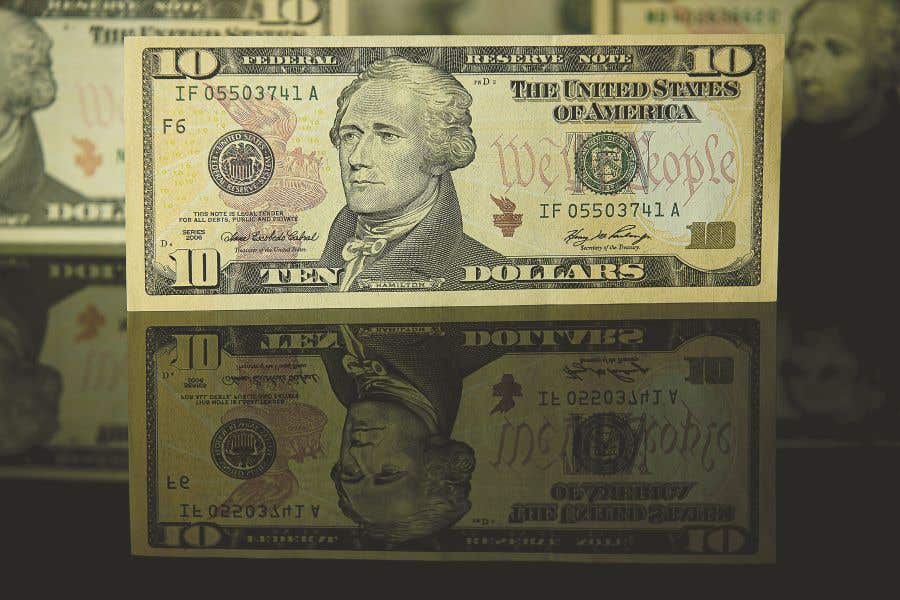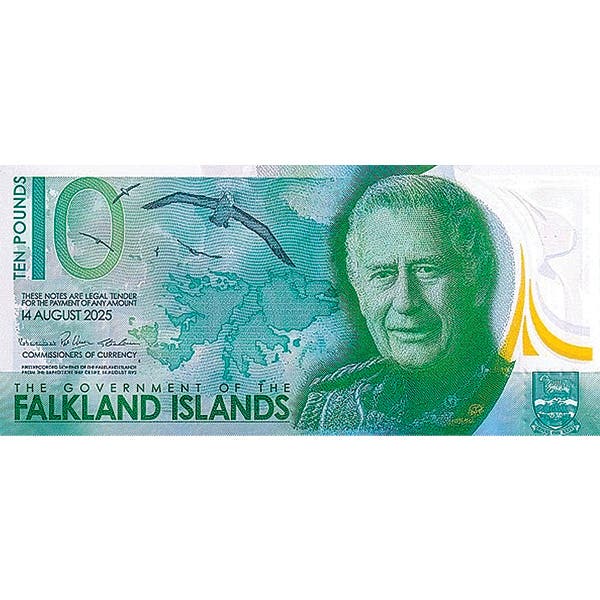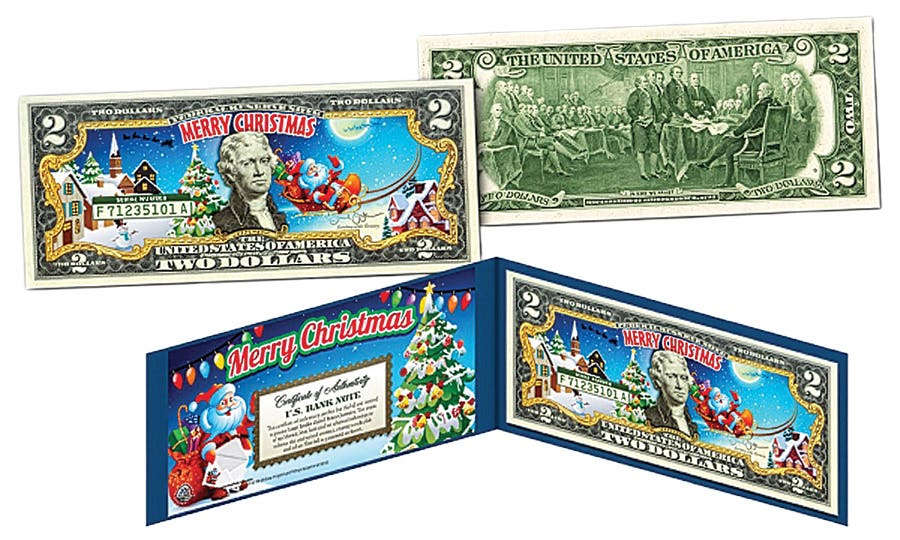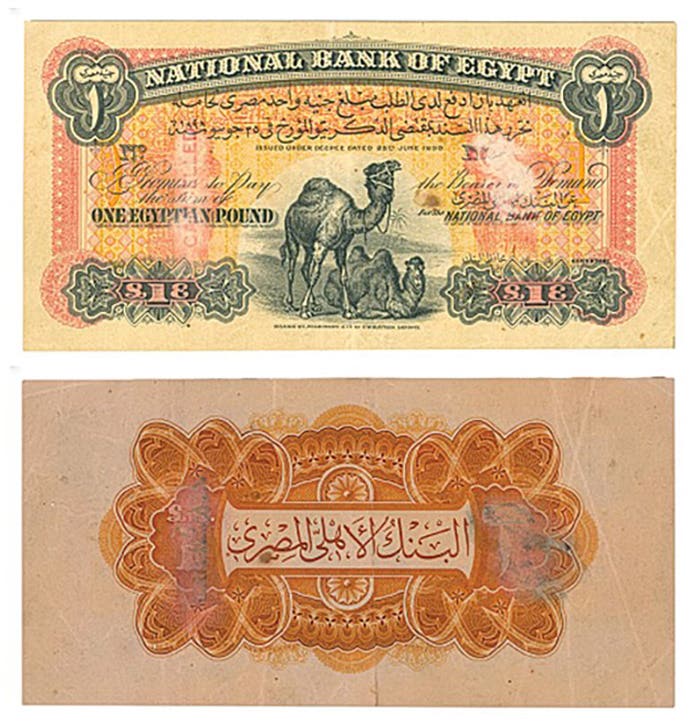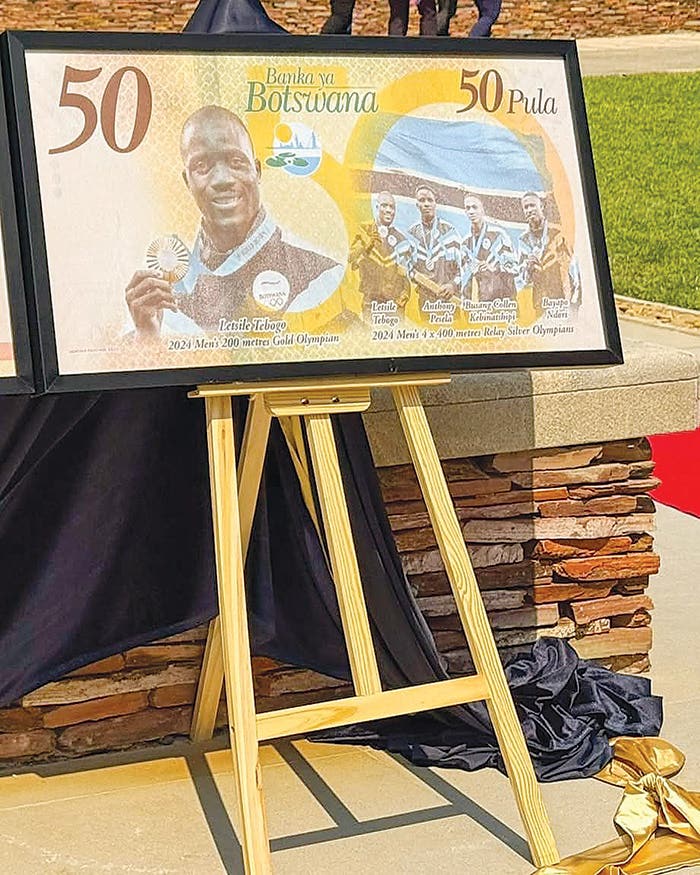Nashville: Same title, two charter numbers
By Peter Huntoon This is the story of the neat pair of Series 1902 blue seals from the Fourth and First National Bank of Nashville. One carries the charter number…
By Peter Huntoon
This is the story of the neat pair of Series 1902 blue seals from the Fourth and First National Bank of Nashville. One carries the charter number 1669 and the other 150. To understand this situation, we have to delve into a little background.
The Comptroller of the Currency’s office instituted a procedure in 1902 whereby bankers could reclaim prestigious low charter numbers that were lost in 1882 when the forerunner to their bank was forced to liquidate because legislation allowing for extensions of corporate life had not been passed yet.
Here is how all of this worked. The original National Bank Act of 1863 gave banks a corporate life of 20 years or less from the date of passage of the act, which was Feb. 25, 1863. As an expedient, some bankers chose a life of 19 years so their banks would expire on Feb. 25, 1882, and this is exactly what happened. The Act of July 12, 1882, allowing for a first 20-year extension was not passed in time to save them.
The impacted bankers had no other option but to liquidate their old bank and reorganize an entirely new bank, which is what many of them did. In most cases, they used the exact same title again. Their new bank in 1882 received a new charter number in the 2600-2700 range.
The bankers felt victimized by the crunch that they had been caught in, so they agitated for relief in the form of reinstatement of their prestigious old low charter numbers. In banking, longevity implies stability, so the low numbers had value.
Comptroller William Ridgely finally lent them a sympathetic ear in 1902. Probably he figured, big deal, we’ll give them their old charter numbers back, which will cost the government nothing, and stop the crying. But each affected bank legally will be the new bank with an 1882 organization date. Thus, the retrieved number will be strictly cosmetic, but that is what the bankers want to flash around, so let them have it.
Twenty-nine banks got their old charter numbers back over the next 11 years using the procedure Ridgely established.
One of these was a convoluted situation that involved charter 20 for The Third National Bank of Cincinnati. The Third National died in 1882 and was reorganized under charter 2730 with the same name.
What happened next was that the Fifth and Third nationals of Cincinnati merged in 1908 and the bankers renamed the surviving bank The Fifth-Third National Bank. The Fifth National held charter 2798.
The problem was that during the merger, the lawyers liquidated The Third National and folded it into the surviving Fifth National. Consequently, the Fifth-Third National came out operating under charter 2798, and charter number 20 had vanished.
The bankers came to the Comptroller’s office in 1913, hat-in-hand, wanting to get charter 20 back. They laid claim to it by wending their way backward through the merger to get at the choice lost number. The then-Comptroller, Lawrence Murray, who was a decidedly unorthodox fellow, said what the heck, take back 20 and be gone.
Uh-oh, a precedent inadvertently had been set!
It’s now time to move on to Nashville.
The good bankers down in Nashville, Tenn., who operated The First National Bank there with neat charter number 150, merged with The Fourth National Bank on July 8, 1912. You guessed it, the lawyers liquidated the First and folded it into the surviving Forth, which had charter 1669. A month later, the bankers changed their title to Fourth and First National Bank under charter 1669.
Fifteen years later in 1927, they were at the door of the Comptroller’s office wanting number 150 back. Their logic was parallel to the Cincinnati case, except the lost number 150 had nothing to do with a forced liquidation in 1882. The parallel was that it had been lost in a merger, similar to what happened to 20 up in Cincinnati.
Comptroller Joseph McIntosh complied and reinstated number 150 on July 12.
Created for us was the opportunity to collect a pair of Series of 1902 plain backs from the Fourth and First National, the older with charter 1669 and the younger with 150.
The chance to do just that came along for Bob Liddell at an obscure auction held by Case Antiques of Knoxville and Nashville during October 2017. They were offering a really nice collection of Nationals owned by Judge J.A. Newman of Nashville. The judge had assembled an impressive batch of Nashville notes, and the pair accompanying this article was among them.
I find it remarkable that a line didn’t form of other bankers wanting the same treatment using the same logic once the Nashville bankers got their old number back. There were plenty of cases involving mergers across the country where the bankers inadvertently gave up the lowest charter number during the merger.
Luckily for the sanity of the Comptroller’s office, the line didn’t materialize, so Nashville’s 1669/150 reinstatement turned out to be a unique occurrence.
For those of you who are a bit techie, the 5-5-5-5 and 10-10-10-20 Series of 1902 plain backs printed for the Nashville bank with reinstated charter number 150 carry the title change date of August 7, 1912, as their plate date. This was when the bankers operating under charter 1669 won approval to use the title Fourth and First National Bank following the 150/1669 merger back in 1912.
The date was simply copied in 1927 onto the new plates with the same title made with charter number 150. Using the old date was consistent with the plate dating protocol that was in effect then.
Obviously, it would have been more meaningful to use the charter number reassignment date of July 12, 1927, but they just weren’t doing that anymore.
Also notice that the Treasury signatures on the 150 notes weren’t updated to Speelman and White of 1927 vintage. Instead, they reached back for obsolete Napier-McClung signatures when they made the new 150 plates. This also followed protocol, which dictated that they use the signatures that were current on the plate date instead of those in office when plates were made in such cases.
Altogether, this pair makes for a good technical yarn and a great collecting opportunity. Not only will I show you Bob’s pair, but I’ll also include the Series of 1902 predecessors just to round out the tale.
This article was originally printed in Bank Note Reporter. >> Subscribe today.
More Collecting Resources
• The Standard Catalog of United States Paper Money is the only annual guide that provides complete coverage of U.S. currency with today’s market prices.
• More than 600 issuing locations are represented in the Standard Catalog of World Coins, 1701-1800 .




